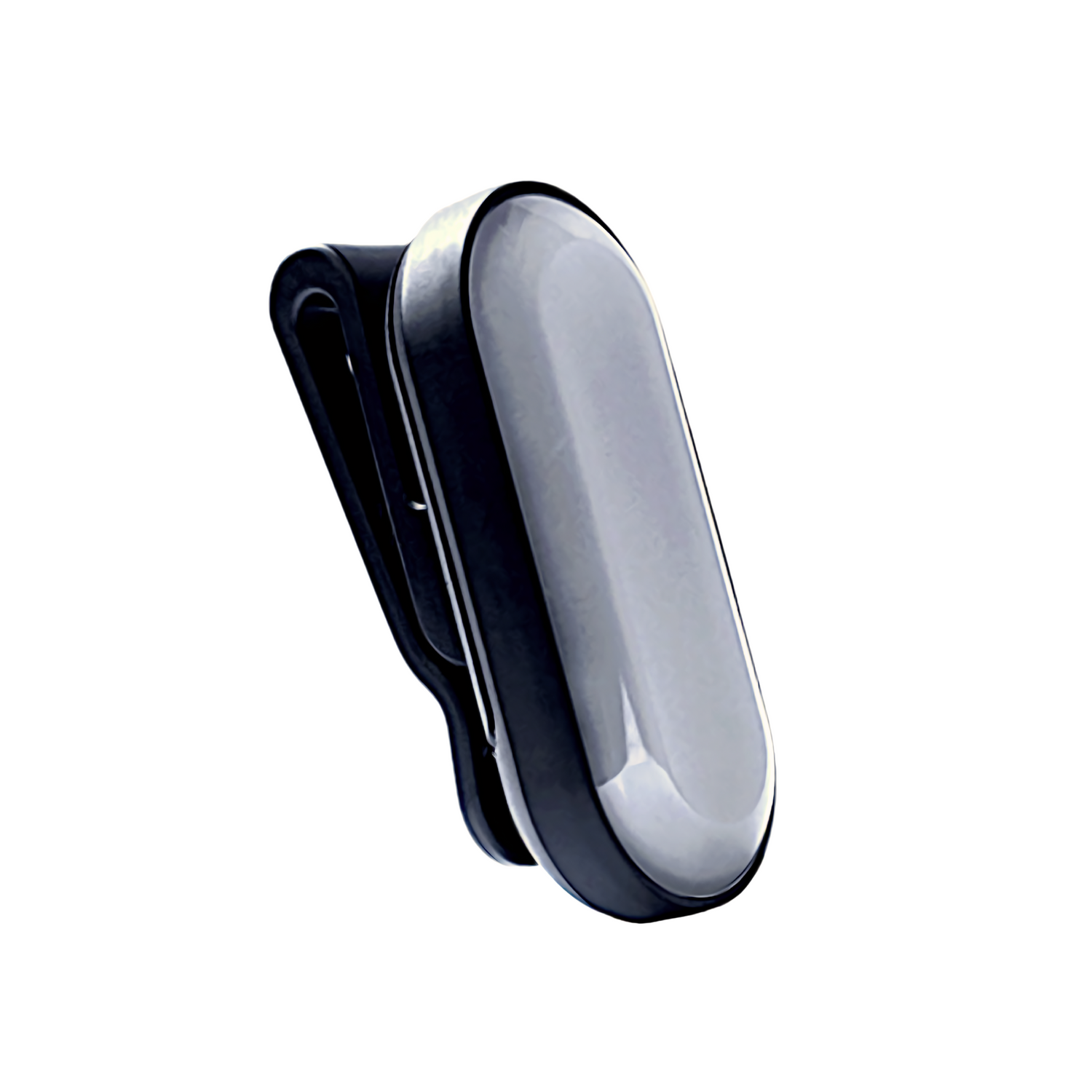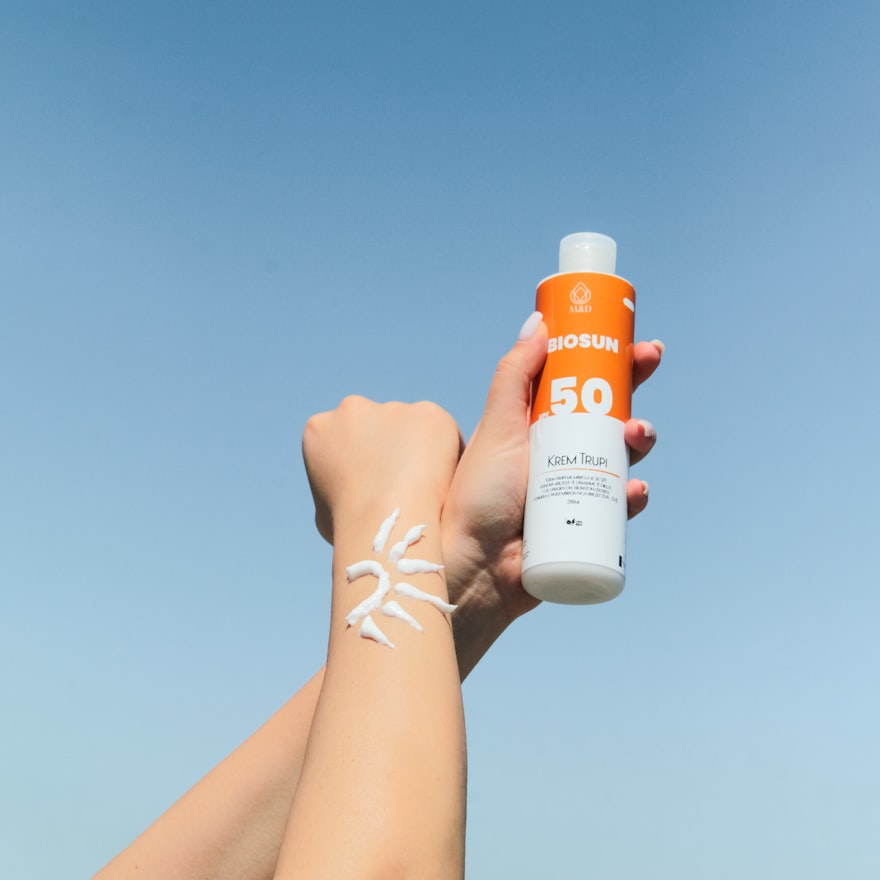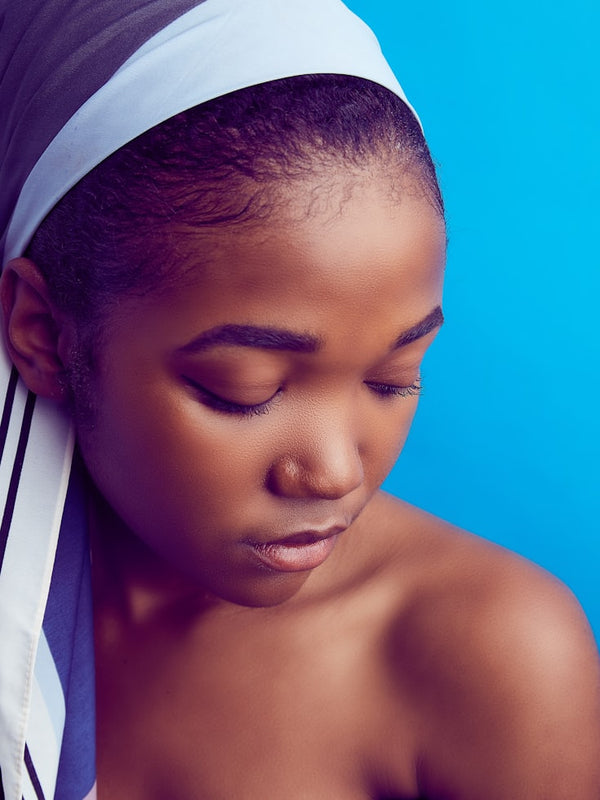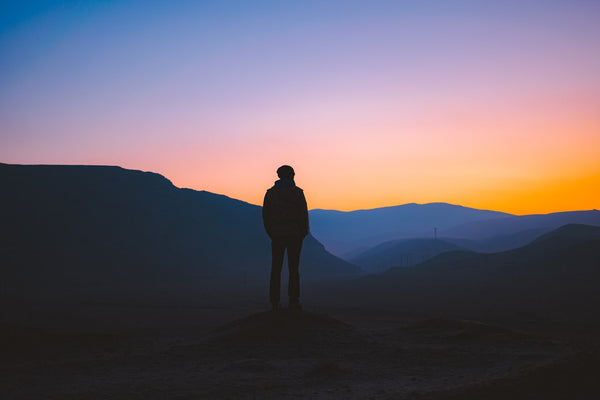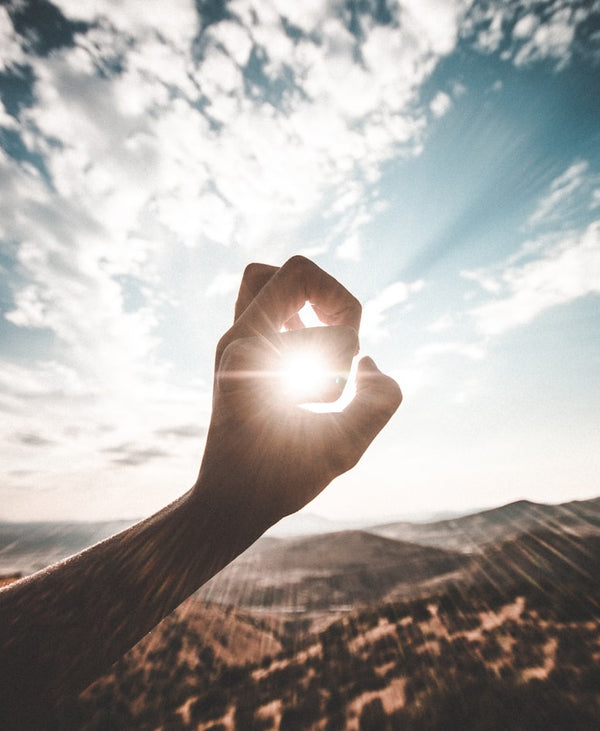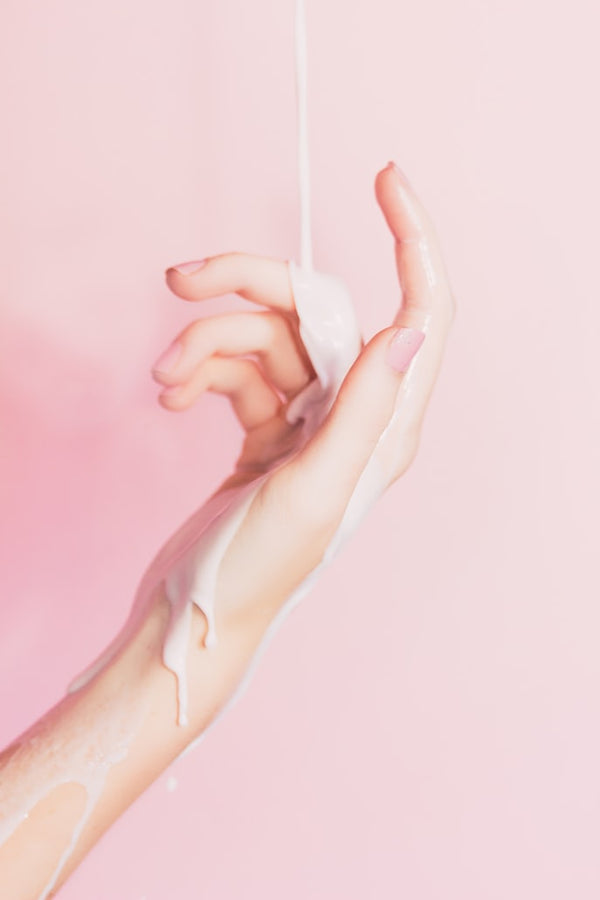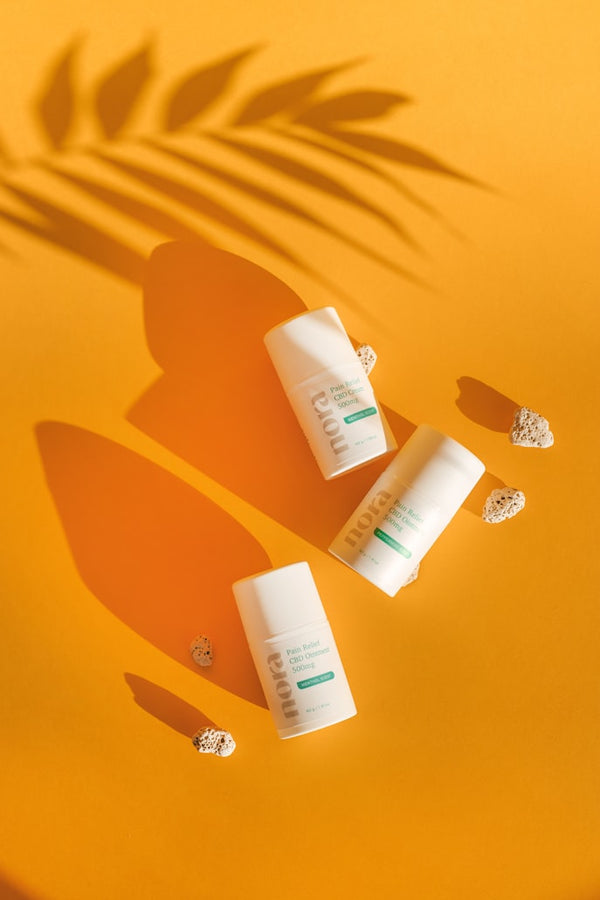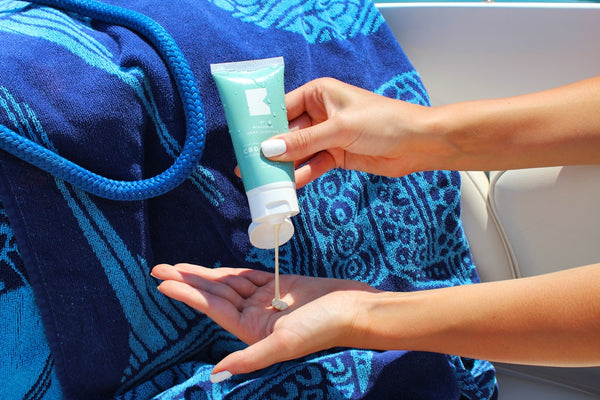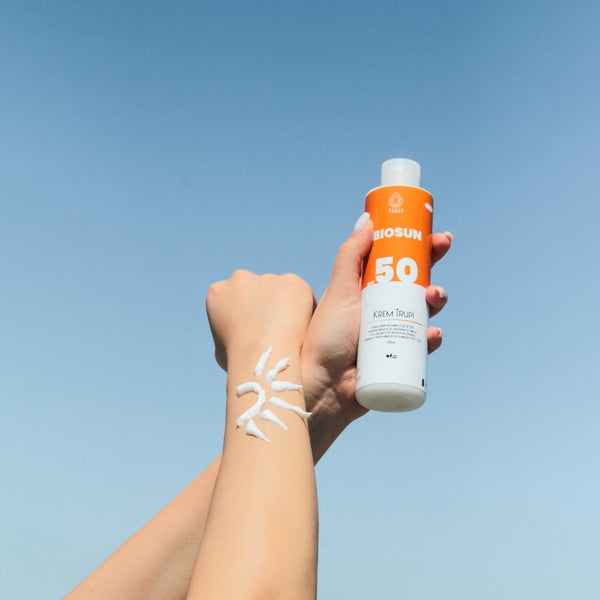A so-called sun protection factor (SPF) is written on every sunscreen. But what does it mean?
The sun protection factor indicates how much longer you can theoretically stay in the sun before you burn yourself. Or to put it another way: What fraction of UV radiation still reaches the skin. For example, if you know that you could be in the sun without sunscreen for 10 minutes before you burn yourself, and you put on sunscreen with SPF 30, you could theoretically stay in the sun for 300 minutes before getting sunburned. So only 1/30 of the UV radiation would get through. The above 10 minutes are referred to as the skin's own protection time. In practice, this is very difficult to determine because it depends on the strength of the UV radiation and this changes throughout the day. You can find more about this in the corresponding article. It is important that you know that a sunscreen with an SPF of 50 protects you twice as well as one with SPF 25 because only half as much UV radiation penetrates your skin.
Caution: The sun protection factor specified on the sunscreen is determined in the laboratory using a comparatively large amount of sunscreen. Studies have shown that most people use significantly less sunscreen per area and thus only achieve about half the sun protection factor.
Since sun-a-wear measures the strength of UV radiation, the app can calculate the UV dose and can also take sunscreen applied into account. This allows it to indicate the remaining protection time of the skin more precisely. To be on the safe side, the app only calculates with half the protection factor of the sunscreen, which in our opinion is more realistic than taking the full SPF.
Reapplying sunscreen
Do health authorities recommend reapplying sunscreen after a period of time in the sun? But why is that and should I do the same with a cream that is advertised as offering all-day protection?
Basically, a renewed application is recommended if the protective effect of the sunscreen is impaired and the advertised sun protection factor is no longer given. There are mainly 3 reasons for this:
- Sweating: When we sweat, the sweat removes part of the sunscreen and it can no longer protect these areas.
- Friction: The friction of sand, terry towels or clothes on the skin can also remove sunscreen.
- Water: When swimming, the water can remove sunscreen from the skin. If a sunscreen is labeled waterproof, it should still provide the advertised protection after 30 minutes in water.
So you see: In most situations in life it makes sense to repeat the application of sunscreen, because at least friction and sweat in the sun can hardly be avoided.
The sun-a-wear app can remind you to reapply sunscreen if it detects that protection may have gone off and you're still in the sun. For example, the sensor recognizes when it was in the water and thus allows the app to decide whether a notification would be useful.
By the way: What actually happens when you apply sunscreen a second time? Does the protection factor double? No! Reapplying sunscreen merely renews the protection. This means that no matter whether you apply 30 sunscreen once or 10 times, the sun protection factor is a maximum of 30.
A common misconception about the protection factor
And finally, a quick correction to a common misconception. Statements are circulating on the Internet such as: "50-size sunscreen is pure money-making. 30-size sunscreen absorbs 96% of UV radiation and 50 absorbs 98%. Should we pay so much more for that 2% more protection?" Let's see where this statement comes from and why it doesn't make sense. The table below shows an example calculation for a day on which we are exposed to a UV dose of 1000 UVIm.
| | Unprotected Skin | SPF 30 | SPF 50 | | --- | --- | --- | --- | | sun protection factor | 1 | 30 | 50 | | Percentage of UV radiation that is blocked | 0% | 96.3% (29/30 are blocked) | 98% (49/50 are blocked) | | Fraction of UV radiation that comes through | 100% | 3.3% (1/30 comes through) | 2% (1/50 comes through) | | UV dose coming through | 1000 UVIm | 33 UVIm | 20 UVIm |
So you see that while the first part of the statement is correct, the conclusion is wrong. If you look at the UV dose that penetrates through to the skin, you can see that you get more than one and a half times the dose with the 30 sunscreen than with the 50 sunscreen.
Further reading:
